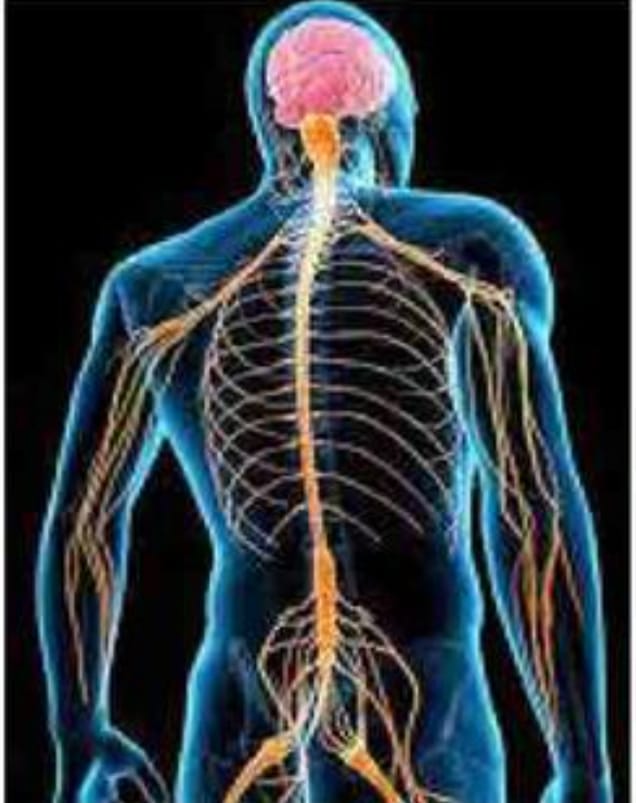For strong backbone

The ancestors of humans are monkeys, which walk on four legs. Hence, there is never much stress on their spine. However, as evolution progressed, this four-legged animal became a bipedal human. Technically speaking, the Fulcrum of this Evolution is the Spine. So along with the three basic needs of food, clothing and shelter, regular back exercise is equally important. Therefore, spine (back pain, neck pain) patients are the most.
- The spinal cord is part of the skeleton and extends from the base of the skull to the tip of the coccyx.
- There is a large hole in the centre of the spine. The spinal nerves pass through it.
- The spine consists of 33 (small bones) that form the spinal canal. which contains the spinal cord and nerves, protecting them from injury. The lowest vertebrae (sacrum and coccyx) are fused together and do not move.
- The tail of the brain is the spinal cord. From that medulla, one nerve comes out at each place. Each of those veins has a specific function. Some nerves supply the arms, some the chest, some the stomach, some the legs.
- Below the lumbar spine is a bone called the sacrum, which is part of the pelvis. Each segment of the spine is made up of separate bones, called vertebrae. An individual vertebra is made up of several segments.

Spinal cord function
■ The spine can twist, bend and sway in almost any direction. Your vertebral column protects your fragile spine and helps support the weight of your upper body.
■ Abdominal and back muscles maintain the natural curve of the spine and body posture.
■ Protects the spinal cord and spinal nerves
■ The spine forms the central axis of weight bearing and supports the head as well as transfers the weight of the abdomen to the legs.
■ The spinal canal, the central lumen in the body of each vertebra, contains the spinal cord. The spinal nerves form the sympathetic trunk and splanchnic nerves from the main cord at each vertebral level.
Nerve function
■ Signals from your brain to other parts of the body control your movements.
■ Regulates breathing rate and heart rate.
■ Regulates bowel function.
■ Directs involuntary actions.
■ Regulates bladder function.
■ Signals from other parts of your body help your brain record and process sensations such as pressure or pain.
Diseases of the spine
■ Normal spine
■ Humpback
■ Forearm
Urinary retention: The most common symptom. The patient’s bladder fills with urine, but the patient has no normal sensation or desire to urinate.
Urinary and/or faecal incontinence usually occurs when weakness of more than one nerve root or paralysis can affect the lower limbs. Back and/or leg pain (also known as sciatica).
You may also be interested in:
